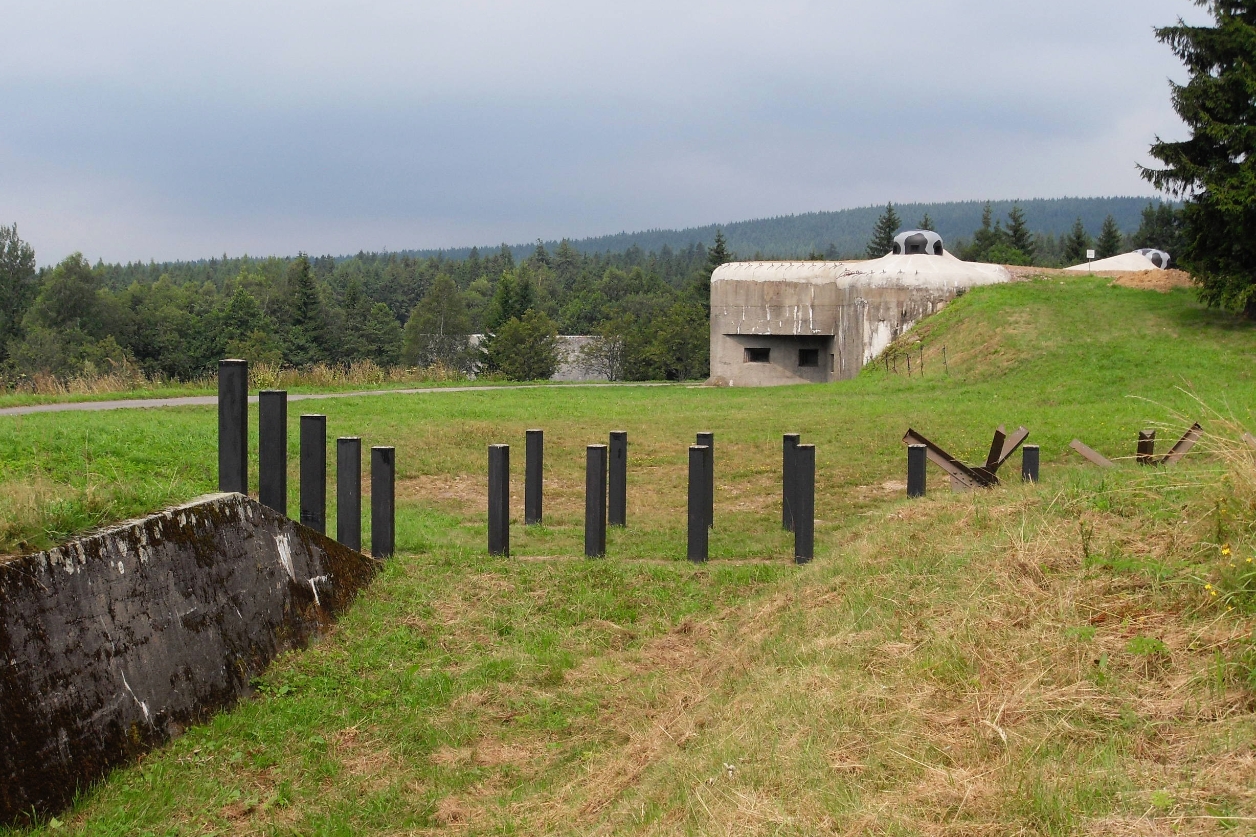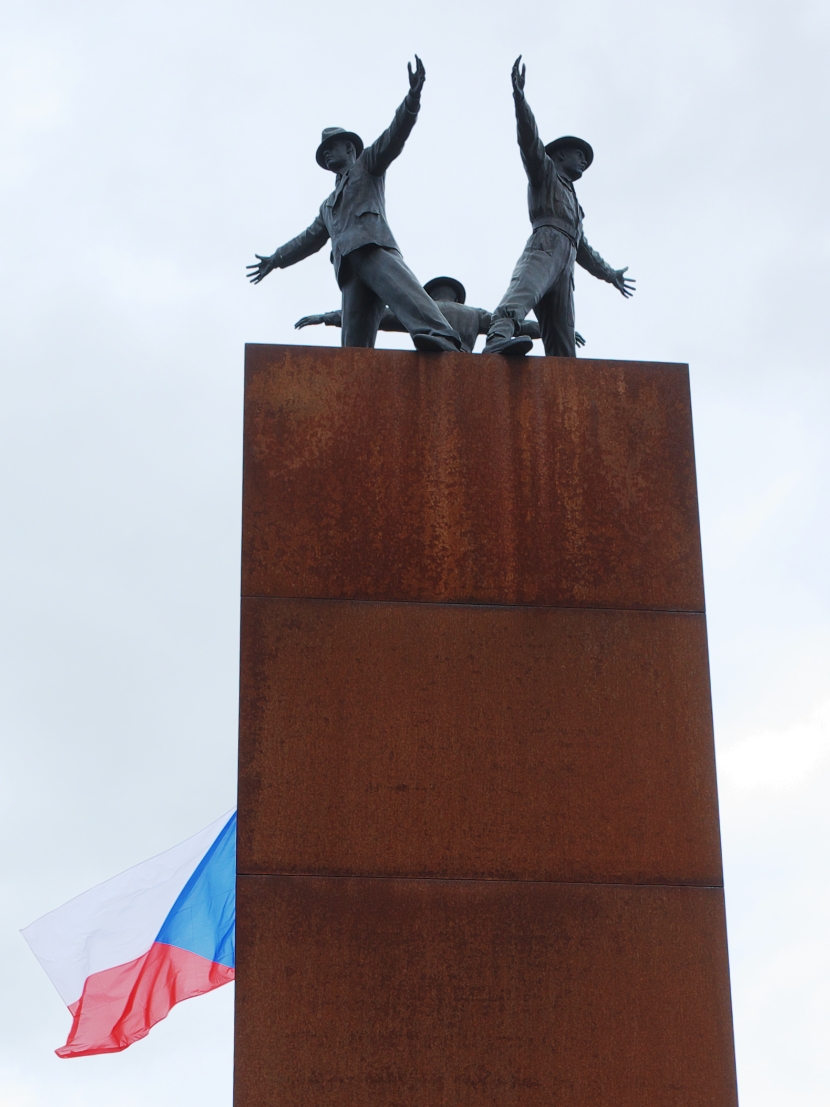
Munich Agreement – Rokytnice in the Orlické Mountains
Czech figure of the „The myth of national disaster” topic
The Munich Agreement of 29 September 1938, which saw the European powers cede Czechoslovak territories to Germany, has come to be regarded as the epitome of Czech collective memory of the national catastrophe that occurred in the modern era. As a result of the agreement, Czechoslovakia lost approximately a third of its territory and population, which left the country vulnerable and susceptible to the whims of the Nazi dictator. In mid-March 1939, Hitler initially compelled the Slovaks to secede from the unified state and subsequently ordered the occupation of Bohemia and Moravia, integrating them into the Greater German Reich.
The Czechs were subjected to the severe consequences of the German protectorate for a period of six years. In their memory, therefore, „Munich 1938” is associated with the end of the independent state and the terror of the German occupiers. The memory is framed by feelings of betrayal, helplessness and confusion arising from the impossibility or inability to defend the young state against the aggressor with the gun in hand. In critical moments in the 20th century, it triggered a complex of „Munich” defeatism, low national self-confidence and mistrust of the outside world in Czech society. This has shaped the attitudes of political representation, even in the years after the November Revolution of 1989. Unfortunately, it has also influenced the perception of the European Union. It would sometimes appear that the Czechs themselves are inclined to confirm the significance of their historical experience through the perpetuation of a series of perceived catastrophes.
The events of 1938 are not commemorated with traditional stone monuments. The only smaller memorials that can be located are those dedicated to the victims of the armed uprising by the Sudeten German Party in September 1938 (Memorial in Dolní Podluží). In contrast, the heroic actions of the Czech resistance against the Nazis between 1938 and 1945 are commemorated through the erection of monuments. Furthermore, the exemplary mobilisation of Czechoslovak citizens and their determination to defend the republic is commemorated by the remains of the extensive system of military fortifications from the 1930s along the German border. In recent decades, military history enthusiasts have undertaken the restoration of some of the dilapidated structures, thereby rendering them accessible to the public. A number of artillery forts, including the Hanička Fortress in Eagle Mountains, have been converted into museums commemorating the tragic events of 1938.
Further reading:
Pánek, Jaroslav – Tůma, Oldřich (eds.), History of the Czech Lands, Prague
2018, p. 463-498.
Faber, David, Munich. The 1938 Appeasement Crisis, London – New York – Sydney – Toronto 2008.
Gillard, David, Appeasement in crisis. From Munich to Prague, October 1938 – March 1939, Basingstoke 2007.
Smetana, Vít, In the Shadow of Munich: British Policy towards Czechoslovakia from the Endorsement to the Renunciation of the Munich Agreement (1938-1942), Praha 2008.
Facts





